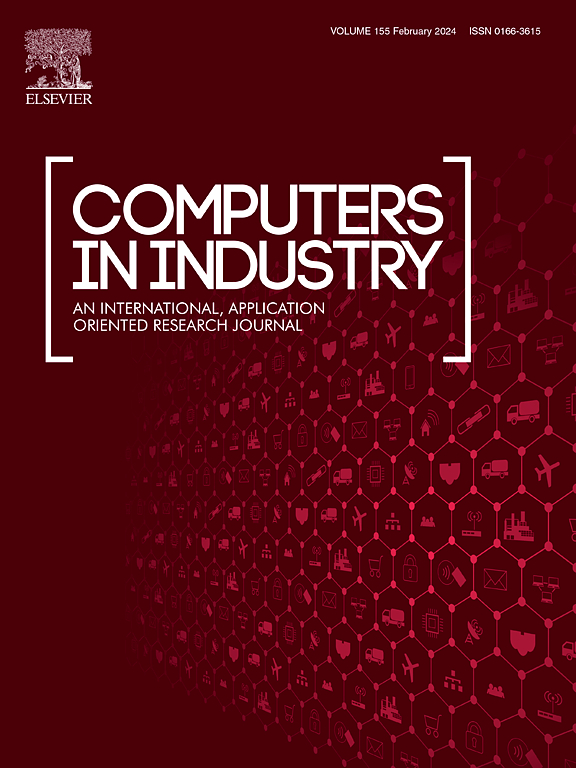基于多源声波数据和混合深度学习方法的实时火灾温度场重建
IF 9.1
1区 计算机科学
Q1 COMPUTER SCIENCE, INTERDISCIPLINARY APPLICATIONS
引用次数: 0
摘要
准确重建复杂火灾情景下的温度分布对有效的火灾监测、预警和消防决策至关重要。由于火灾环境的高度非线性和动态性,传统方法在精度和计算效率方面都面临挑战。为了解决这一问题,提出了一种基于多源声波数据驱动的重构框架。该方法将自适应加权混合卷积-动态剩余注意感知融合网络(AWHC-DRAAFN)与集成k -最近邻(IKNN)模型相结合。AWHC-DRAAFN通过将各种卷积操作与自适应加权机制相结合,促进了多尺度特征的高效提取和融合,从而增强了网络捕捉声波传播与温度分布之间复杂非线性关系的能力。同时,IKNN模型通过局部加权k近邻插值策略将离散温度数据转换为连续场。实验结果表明,该方法具有较高的预测精度(MAE < 5.3%, MSE < 0.7%, RMSE < 8.3%)和较高的计算效率(重建时间<; 0.54s),具有作为火灾温度场实时重建可靠解决方案的潜力。本文章由计算机程序翻译,如有差异,请以英文原文为准。
Real-time fire temperature field reconstruction using multi-source acoustic wave data and a hybrid deep learning approach
Accurate reconstruction of temperature distributions in complex fire scenarios is essential for effective fire monitoring, early warning, and firefighting decision-making. Traditional methods often face challenges in both accuracy and computational efficiency due to the highly nonlinear and dynamic nature of fire environments. To address this issue, a novel reconstruction framework driven by multi-source acoustic wave data is presented. This approach integrates an Adaptive Weighted Hybrid Convolution–Dynamic Residual Attention-Aware Fusion Network (AWHC-DRAAFN) with an Integrated K-Nearest Neighbor (IKNN) model. The AWHC-DRAAFN facilitates efficient extraction and fusion of multi-scale features by combining various convolution operations with adaptive weighting mechanisms, thereby enhancing the network’s capacity to capture complex nonlinear relationships between acoustic wave propagation and temperature distribution. Meanwhile, the IKNN model transforms discrete temperature data into a continuous field through a locally weighted K-nearest neighbor interpolation strategy. Experimental results demonstrate that the proposed method achieves high prediction accuracy (MAE 5.3%, MSE 0.7%, RMSE 8.3%) and high computational efficiency (reconstruction time 0.54s), highlighting its potential as a reliable solution for real-time reconstruction of fire temperature fields.
求助全文
通过发布文献求助,成功后即可免费获取论文全文。
去求助
来源期刊

Computers in Industry
工程技术-计算机:跨学科应用
CiteScore
18.90
自引率
8.00%
发文量
152
审稿时长
22 days
期刊介绍:
The objective of Computers in Industry is to present original, high-quality, application-oriented research papers that:
• Illuminate emerging trends and possibilities in the utilization of Information and Communication Technology in industry;
• Establish connections or integrations across various technology domains within the expansive realm of computer applications for industry;
• Foster connections or integrations across diverse application areas of ICT in industry.
 求助内容:
求助内容: 应助结果提醒方式:
应助结果提醒方式:


